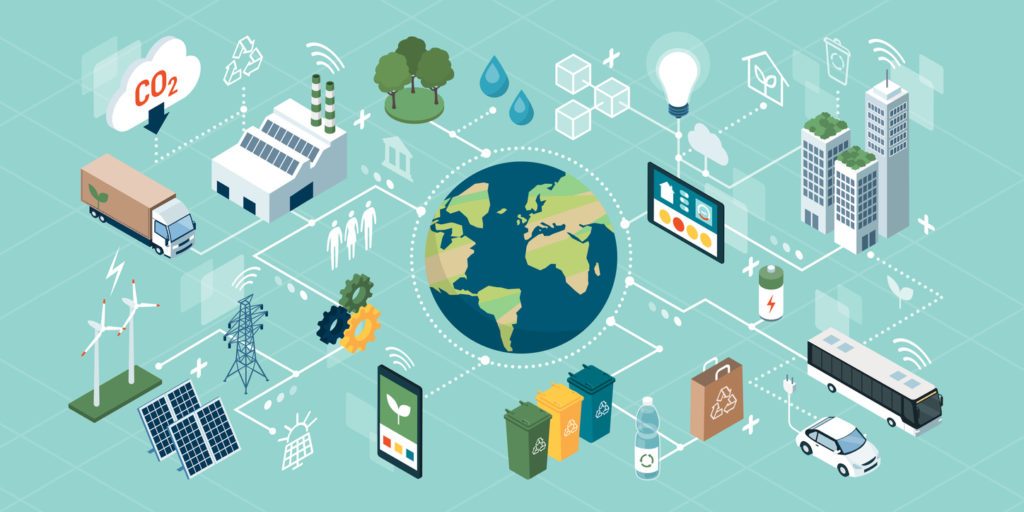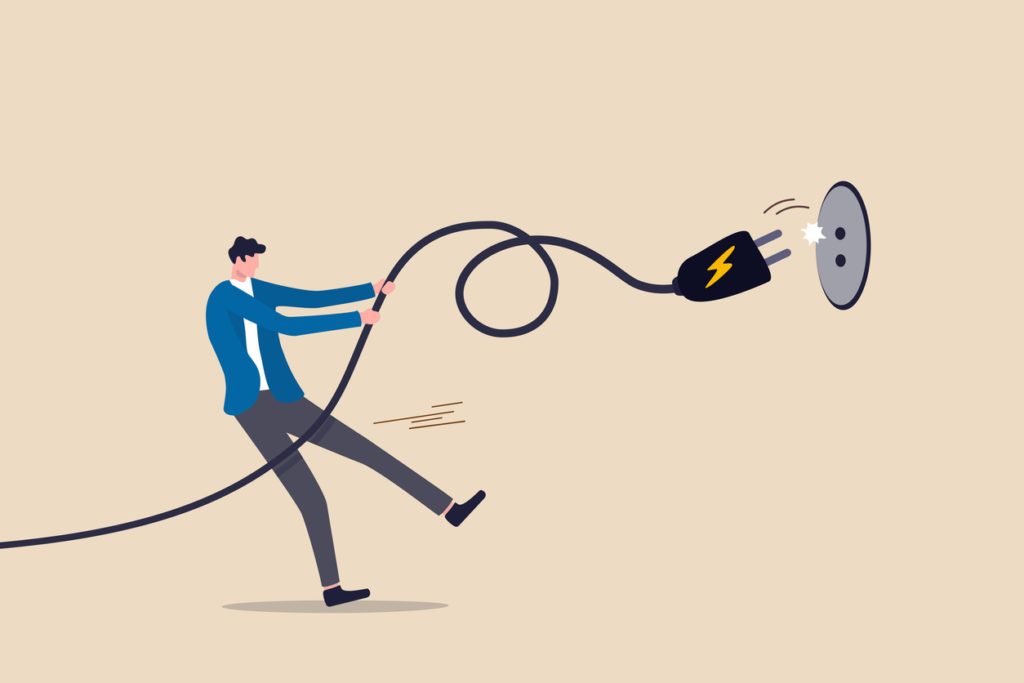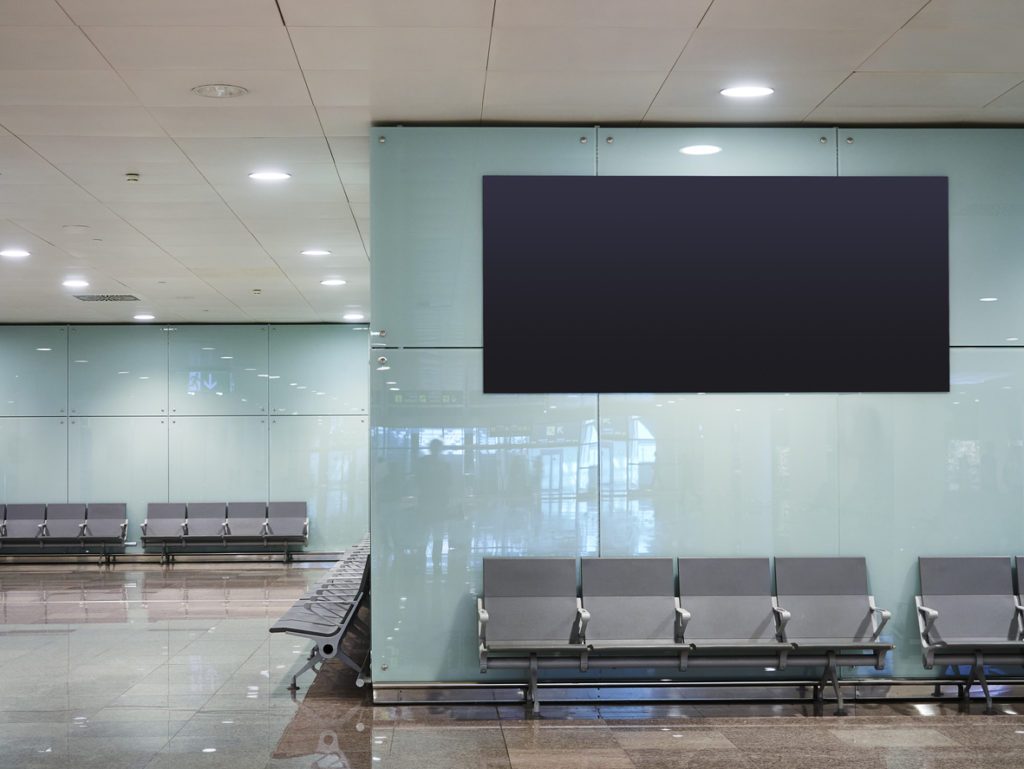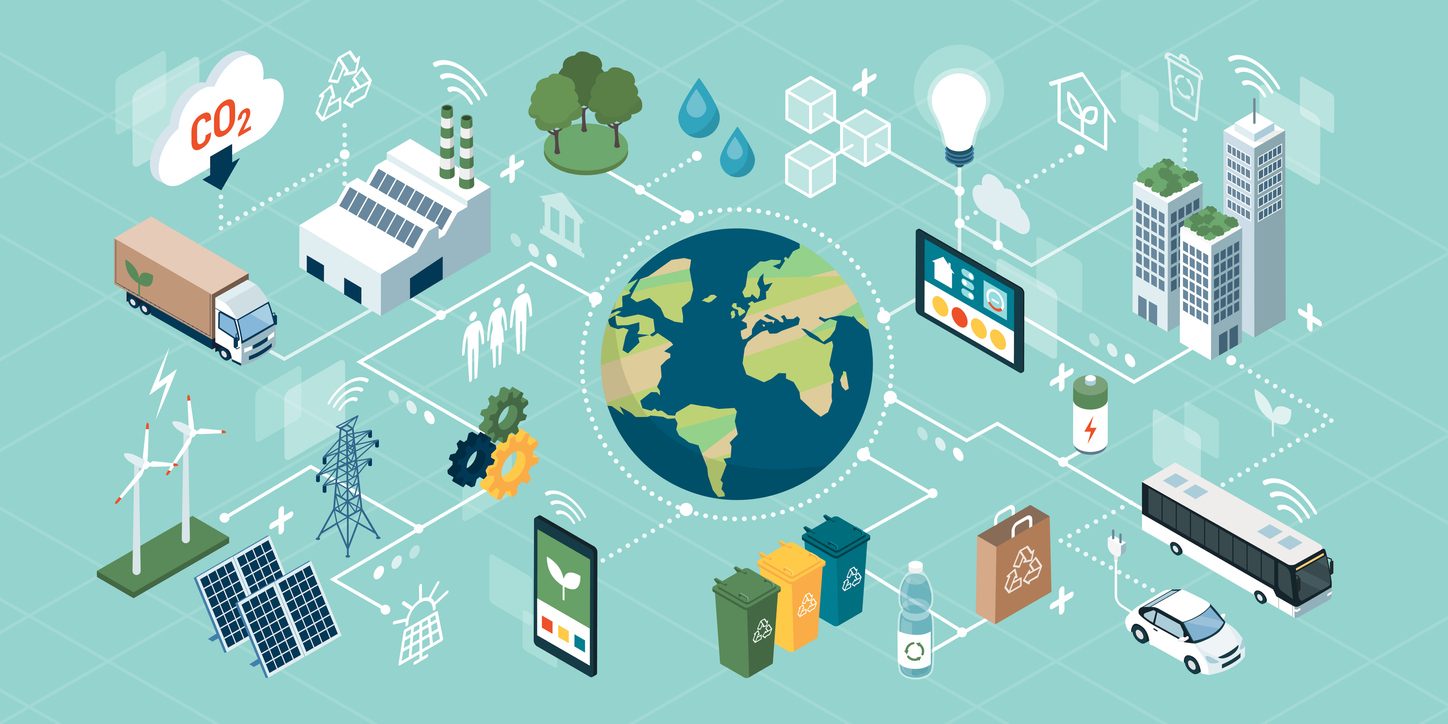Is Digital Signage Sustainable?
Sustainability is rightly a concern for business leaders today and has been in recent years. Digital signage comes with many inherent benefits, to say nothing of it being a sustainable solution. That digital signage is sustainable is something you will hear quite often in the industry. In view of these assertions, a few questions arise. First, is it really? Secondly, what exactly does this mean?

Sustainability and Why It Matters
Succinctly put, sustainability has everything to do with avoiding the depletion of natural resources, to the end that it maintains an ecological balance. Talk of green and eco-friendly as terms used interchangeably with sustainable.
Conservation of water, energy, and other resources as offered by sustainable solutions have direct financial benefits. For instance, if you are spending less electricity, your utility bill will be lower at the end of the month, allowing you to save.
Again, being a company that focuses on sustainability gives you a competitive edge with the workforce. You will find that your company attracts great talent. Additionally, you can look forward to better employee engagement, productivity, and retention.
Indeed, the percentage of workers who consider sustainability a priority when looking for work continues to grow by the day. People want to use their skills to benefit and push forward a cause, and sustainability is one such cause, which will inspire inspiration and productivity.
Sustainability and Digital Signage
Is digital signage sustainable? Yes. How and why? That is the focus of this blog, as highlighted in the following pointers.
1. Digital Signage Cuts on Paper Wastage
According to deforestation rates and statistics, 411 million hectares of forest cover was lost globally in the 18 years between 2001 and 2020. This is about a 10% decrease in tree cover.
Equally important to note is that half of this loss went into producing a ton of paper for various uses, including static signage such as posters and printed flyers. However, more than half of these paper-based signs end up in the trash at the end of the day, ultimately at landfills.
If you consider digital signage, you can effectively reduce deforestation because you will be using TV screens and other displays for your signage. You stop worrying about using a lot of paper to get your message out to your target audience. Additionally, you can instantly update information in just a few clicks, as opposed to having to throw away static signs with outdated information.
2. Digital Signage Saves Water
A whole lot of water goes into paper production. A look at the environmental impact of paper reveals that it takes about 10 liters of water to produce an A4 paper sheet, which may then be used printing static signs and other uses.
With digital signage, you have a solution that doesn’t use as much water. Indeed, you have a more eco-friendly solution when you shift to digital communication for your marketing campaigns and internal communications strategy.
3. Digital Signage Reduces Power Usage

Technological advancements have made digital signage solutions very energy efficient. The LCD and LED screens in use today are much more energy-efficient than the older models. In fact, today’s screens consume up to 60% less electricity than earlier models. Indeed, you can reduce your power usage by adopting digital signage.
On the other hand, players in the pulp and paper industry account for a significant percentage of the total energy consumed. In comparison, digital signage is definitely a big saver on power usage.
4. Reduce CO2 Emissions
LED TV screens and lighting popularly used for digital signage come with more than just the low-energy advantage. The environmental benefits are another primary selling point. Today’s LCD screens are backlit by LEDs, which, unlike its counterparts, fluorescent and incandescent lighting, is cleaner and greener.
On the other hand, the latter tends to release CO2 emissions into the environment, promoting global warming. As such, companies can reduce their carbon footprints by choosing the right technology for their digital signage.
Best Practices to Make Digital Signage Sustainable
1. Choose Right
Shop around and compare the watts on different displays. You can save more on energy bills and save the environment by going for low-energy displays for your digital signage.
Again, go for screens with smart brightness control. With this technology, your screen’s brightness gets automatically adjusted for when it’s very sunny and when it’s overcast. In general, adjusting your screen brightness from 100% to about 70% can reduce your energy consumption without having to worry about the impact on the visuals.
With media players, have your pick from the players that don’t require a separate power supply. Fanless models are also low-energy, and you can use less electricity for your signage. Just as with the screens, compare the rated wattage and go for the most energy-efficient you can find.
2. Turn It All Off
If no one is looking at it, then it’s best to turn off your digital signs. You don’t need to run a screen at midnight when no one is around? No. A dark screen, although odd, is perfectly acceptable during these times when your target audience isn’t around to see what you have on the digital displays. It will significantly reduce your energy consumption.
To make this hassle-free, use timers, sensors, and other control system technologies. This way, you can keep your energy consumption low past your business hours.
3. Create More Sustainable Content
It is indeed true that you will require more power to illuminate brighter and whiter content. For this reason, you may want to consider and make plans for using darker shades when creating content for your digital signs.
Again, you will do well to use darker shades for backgrounds when doing transitions in your content. With motion content, less is definitely more. This is to say that you may spend less energy with slower animations than you would with faster-moving video content.
Encouraging Best Behavior for Sustainability with Digital Signage

With digital displays in the form of energy dashboards, you can inspire or encourage the kind of behavior among your employees required to be more sustainable. These dashboards display energy consumption in real-time and will encourage your team to save more.
Display weekly goals so the team has something to work towards for the week. Again, you can add gamification elements and make it a game where different departments compete against each other to see which one does a better join at reaching set sustainability goals.
Information is key in your efforts to be more sustainable. Display information on what each of your team members can do to help meet this objective, and of course, why it is all so important.
Similarly, you can use your digital signs to display the initiatives you have going on to be more sustainable. Potential new hires, customers, investors, and other visitors may very well feel inspired to do their bit in their spheres of influence to be more sustainable.
Bottom Line
All things considered, digital signage is sustainable, as pointed out. Again, whether big or small, every company can benefit greatly from using digital signage and other sustainable solutions. Lastly, with the tips and hacks outlined in this post, you can look forward to your digital signage being even more sustainable, benefiting both your company and the environment in various ways.




